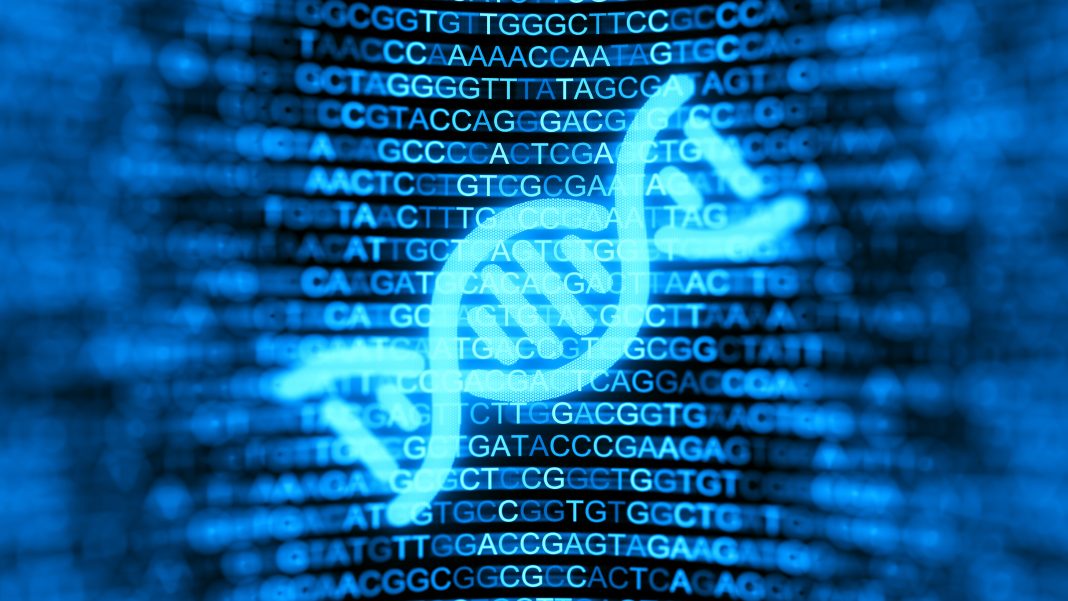Recombination of repeated sequences in the human genome is widespread and results in the genomic diversity that underlies physiology and pathology, scientists at the RIKEN Center for Integrative Medical Sciences in Japan and their collaborators have discovered through large-scale analysis of human tissue samples. Once believed to be “junk,” the new study indicates signatures of rearranged repeat elements in specific tissues could offer key insights into biological development, as well as genetic diseases such as Parkinson’s and Alzheimer’s.
The findings were published in a paper titled, “Recombination of repeat elements generates somatic complexity in human genomes,” in the journal Cell.
Nearly half of the human genome is made of specific sequences, such as Alu or L1 elements that are repeated thousands to millions of times. These sequence repeats can change by copy-pasting themselves into different locations of the genome (retrotransposition) or by gross rearrangements when repairing double-stranded breaks in the DNA (non-allelic homologous recombination). These processes drive human evolution and the emergence of genetic disease.
In this study, the authors used a new bioinformatics pipeline to analyze short- and long-DNA read sequences of repeat elements, and showed that recombination of Alu and L1 elements in cells of the body (somatic recombination) is more common in the human genome than realized earlier.
The analysis of these repeat elements revealed tissue-specific signatures of non-allelic homologous recombination, particularly in regions of chromosomes that latch on to mitotic spindles during cell division (centromeres) or in cancer-related genes. The enrichment of mobile genetic elements (retroelements) in these regions may act as hotspots for recombination, the authors inferred.
“Previously it was very difficult to map these sequences to genomic locations, let alone figure out their impact on the neighborhood where they inserted themselves,” said Alan Herbert, PhD, president and founder of InsideOutBio, a company that develops immune therapies against cancer. (Herbert was not involved in the current study.) “By developing more precise methods, including the use of long-range sequencing with nanopore technology, the authors showed that Alu and LINE destabilize the genome, increasing the frequency of deletions when repeats are close to each other, but in opposite orientation.”
The researchers compared recombination profiles in human-induced pluripotent stem cells (hiPSCs) and specialized neurons. This led them to find recombination of repeat elements specific to neurons is related to changes in chromatin—the packaging of genomic DNA on protein scaffolds—during progressive restrictions in cell fate as cells specialize.
To uncover links between pathology and the changes in repeat elements, the investigators compared somatic recombination of repeat elements in post-mortem tissues from patients who suffered from Parkinson’s and Alzheimer’s disease and normal neural tissue. They found changes in recombination profiles in diseased versus healthy tissue samples, suggesting these changes in repeat elements could be linked to genome instability and neurodegeneration.
Giovanni Pascarella, PhD, first author of the study and a scientist at the RIKEN Center for Integrative Medical Sciences in Japan, said, “We have shown in this study that the recombination of repeat elements in the human genome is a widespread phenomenon that contributes to the complex constellation of genomic variants making up our genomes.”
“We hypothesize that it might be that random recombinations of Alu and LI in somatic cells may occasionally prime the genome of individual cells at vulnerable sites and drive the transition from healthy to pathological states,” said Piero Carninci, PhD, co-corresponding author of the study and a principal investigator at RIKEN. “However, the difficulty at this point is to determine whether the recombinations in disease are truly causative or if they are effects of the disease state.”
“The Alu elements appear to guide repairs where chromosomal breaks occur, although it is entirely possible that they are themselves prone to breakage,” said Herbert. “As the authors pointed out, the ensuing rearrangement of chromosomal elements creates variability in the DNA of cells that could be detrimental, but one that could be exploited in nature to select cells that are most adaptive during development.”
Further studies will be needed to establish causative links between changes in repeat elements in DNA and human diseases as well as to support the beneficial effects of Alu and LINE recombination, if any.



